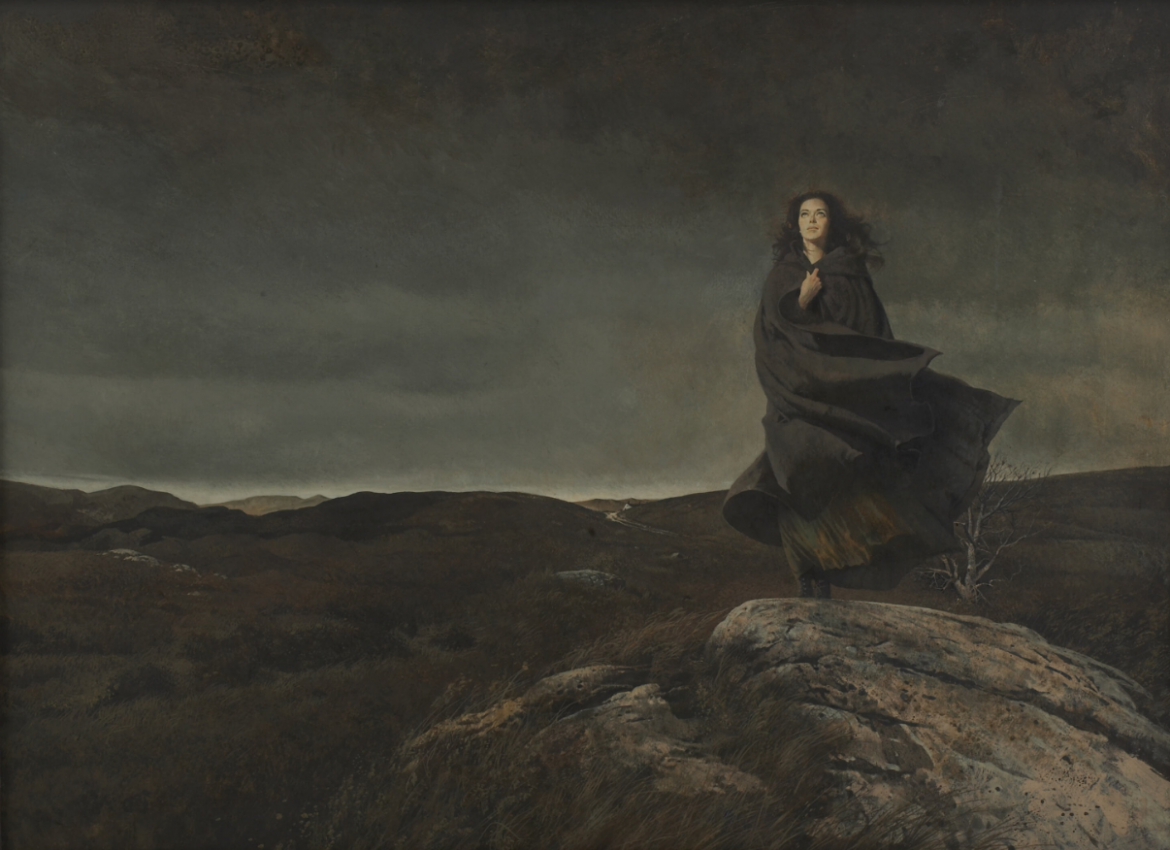Review of Emily Brontë’s Wuthering Heights
Roya Alisultanova, Contributor
One does not read a book seven times if all one’s questions are answered, nor does one find wonder in a season if all its mysteries are laid bare at first. An endless series of intrigues, none ever truly answered and giving rise to fresh conjecture with the passing of ages, marks the beauty of both classic literature and the natural seasons.
Emily Brontë’s Wuthering Heights expresses such beauty in its elaborate tale of passion and revenge that has haunted literary academia since its inception, comprising a continual sense of mystery regarding its protagonists that begins and ends with one prominent enigma: who, or what, is Heathcliff?
Discovered abandoned on the streets and introduced by the patriarch of the Earnshaw family to their home of Wuthering Heights as a young boy, Heathcliff’s life forms an essential aspect of the novel’s narrative, yet his true origins are never revealed. His vindictive nature, too, remains concealed throughout the duration of his youth, his incessant thirst for revenge against the cruel and jealous Hindley Earnshaw, his childhood tormentor, surfacing only following the consolidation of Wuthering Heights as his property. Injured innocent turned amoral tyrant and archetypal usurper of inherited wealth, Heathcliff’s nature is ultimately portrayed as one of raw emotion, ungoverned passion, and suppressed sufferance that ultimately coalesces to create one of literature’s most compelling characters—a season unique to all others in Wuthering Heights.
“Is Mr. Heathcliff a man? If so, is he mad? And if not, is he a devil?” singularly captures his enigmatic existence as neither undeniably human nor certainly inhuman, which, contextualized with the austerity of his reign, serves as an allegory for the ever-changing and undefinable nature of the world, whose sovereignty ultimately cannot be contested, despite its enigmatic origins. Heathcliff’s oscillation between perception as human and devil mirrors the shifting of seasons: as soft summer, full of life, without warning changes into bitter, unforgiving winter and annihilates all within its reach, so does he.
Heathcliff’s entrance into and exit from the narrative of Wuthering Heights thus echoes in many ways the coming and passing of winter: bitter, cold, and cruel, but not without beauty—and undeniably fascinating. Winter brings the promise of a new spring upon its death, much as Wuthering Heights does with the complex ambiguity of Heathcliff. In that regard, there is no work of literature that so perfectly encapsulates the nature of wintertime, yet it is not harshness alone that is emphasized. A myriad of hope, anguish, loss, and anticipation create the exemplary mosaic that comprises Wuthering Heights, and one we often attribute to the season of winter.
As the buds of winter’s end mark the beginning of a new spring, the death of Heathcliff at the end of Wuthering Heights welcomes the promise of joyful marriage for the next generation. Melancholia, though inherent to the nature of the season, is therefore not its sole descendant, and we, descendants of the winter in anticipation of spring, must with hope yet weather its wuthering for a time.
Photo Credit: Robert McGinnis




